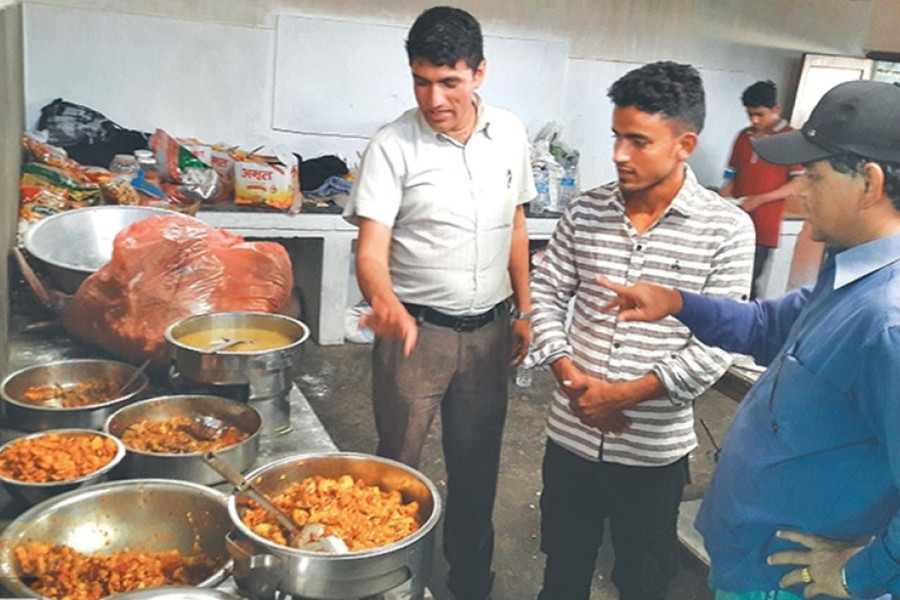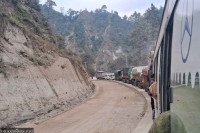Editorial
Unfit for consumption
Lack of regular monitoring has allowed eateries to serve contaminated food to consumers.
As the midsummer mercury rises, storing fresh food remains a challenge. In a country where the usage of refrigerators remains limited to urban areas, there is a risk of food getting contaminated. Moreover, our general attitude towards food safety and preservation, especially in eateries, is casual. For instance, we see meat shops openly displaying raw meat items all day on tables and showcases, without the use of freezers. Sweet shops and restaurants are no better, as they are tempted to display their food items to attract customers. Even though the food might look appealing to our eyes when it is served in eateries, it is ultimately harmful to our health as many do not follow the proper food safety protocols.
The open display of food items invites bacteria and dust contamination, apart from the obvious heat-related hazards, leading to the onslaught of various diseases, including cholera and food poisoning, apart from a lack of nutrition. Although Nepal has food safety regulations in place, the lack of implementation and monitoring continues to pose the risk of food-borne diseases to the public. The Food Act, 2023 (1967) prohibits the production, sale or distribution of adulterated foodstuff or sub-standard foodstuff. By adulterated foodstuff, the Act means "foodstuffs rotten so as to be harmful to health, or prepared or kept in a filthy or toxic condition". In January last year, Nepal implemented a new set of food safety regulations, which has provisions for the careful production, processing, packaging, handling, storage and supply purity of food. The regulations also have provisions for labelling the food, including its nutritional value.
However, apart from poor implementation of such regulations, the monitoring of the regulations is almost non-existent. In rare instances when food inspectors from municipalities bother to monitor the food in eateries, there is a high chance of such eateries being found flouting the regulations. For instance, in Kathmandu, as in most parts of the country, food items, especially items like meat that get contaminated quickly, are laid out in the open and sold. This causes great health risks, but the authorities of all levels of government seem either oblivious to or uninterested in the issue. In Kathmandu Metropolitan City, for instance, the authorities' focus is on removing the food vendors altogether, guided by a flawed notion of gentrification rather than regulating them under tax and food safety regimes. In other parts of the country, hardly anyone bothers to check the quality of food provided to customers.
The state cannot remain a mute spectator when the health of the citizens is put at risk due to the carelessness of vendors. Rather, the state should strictly maintain food safety standards regularly—not in an episodic pattern, such as during festivals or at the whims of authorities but as a standard practice. Some basic steps include making it mandatory for vendors to keep appropriate food items in freezers, use covering, and segregate food items to avoid cross-contamination. As the culture of eating out is becoming increasingly common, especially among young people, the state should actively enforce food preservation and safety regulations to keep the citizens healthy.




 17.44°C Kathmandu
17.44°C Kathmandu














